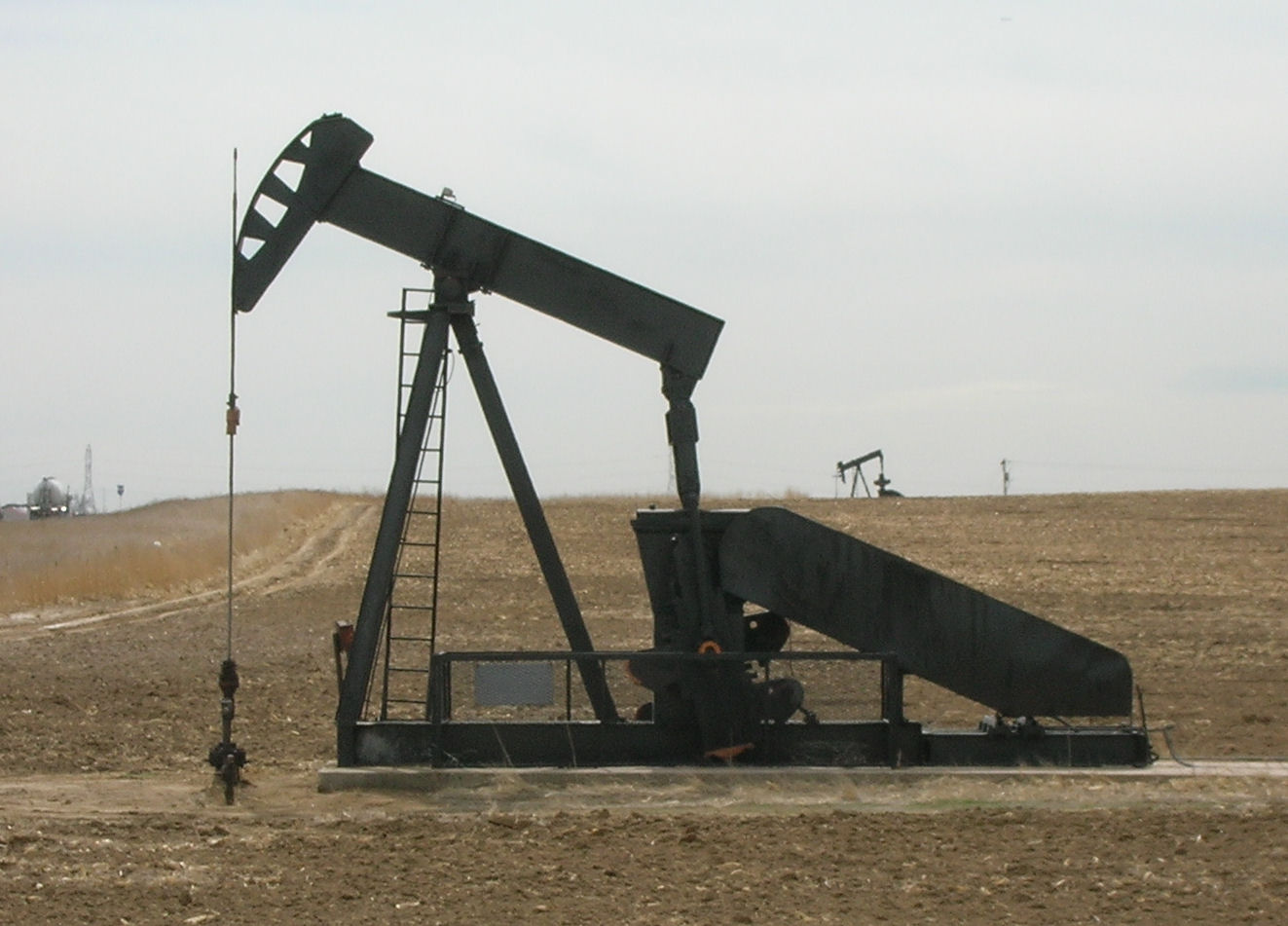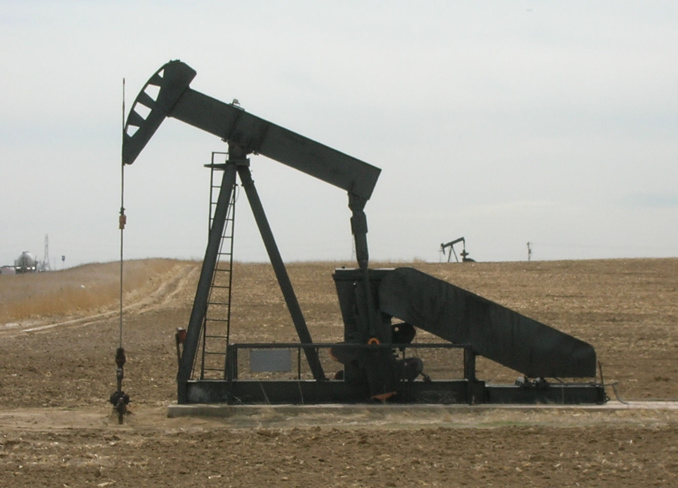According to the US Geological Service (USGS)’s estimates, Wolfcamp could become the largest oil and gas field operating in the US. "We were able to make estimates in areas where oil and gas have long been mined, and this means the region still has a potential for new discoveries, - said Coordinator of the USGS Energy Resources Program Walter Walter Guidroz. - Changes in technology and industry lead to the fact that more resources can be extracted, so we continue to work on the search and evaluation on the territory of the United States."
Valuation of Wolfcamp shale in Texas shows the new discovery is three times bigger than Bakken field in North Dakota, which until recently was the largest in the United States. In addition, petroleum reserves of the Texas field are about three times larger than the annual oil consumption in the country. According to the US Energy Information Administration, the country consumed 7.1 billion barrels of oil and oil products in 2015. Given current WTI oil prices at around $ 45 per barrel, price of Texas oil fields can be estimated at about $ 900 billion.
Some companies had already begun working on Wolfcamp field. Oil rights in his district are owned by ConocoPhillips, Pioneer Natural Resources and Concho Resources.
Another recent discovery of the Alpine High deposits, made by Apache Corp, clearly speaks about prospects of fields in the Permian Basin. The field's reserves are estimated at minimum 273 million tons, also found significant reserves of natural gas. Interesting that area, where the oil deposit was found, has previously been considered hopeless.
New discoveries and relative stabilization of oil prices are attracting more investors in the Permian Basin. Since the spring of 2016, business community has already announced a series of multi-billion dollar deals with oil-producing assets in Texas. The latest was Occidental Petroleum’s purchase of oil and gas fields from private owners totaling US $ 2 billion. This is slightly less than the previous record deal in Texas, when RSP Permian announced acquisition of Silver Hill Energy Partners for $ 2.4 billion, including debt.
Despite the renewed interest in the US shales, the trend remains generally negative. Energy Information Administration (EIA) of US Department of Energy says the country is now producing 4.518 million barrels per day. By December 2016, this figure is expected to decline to 0.4%, to 4.498 million barrels/day. In 2017, the decline will persist, so that production of shale oil in the US will amount to 4.2 million barrels per day by the end of the year.
Since 2018, the EIA expects oil production in the United States to return to grow. By 2040, shale oil production in the country could reach 7.1 million barrels per day.
source: businessinsider.com, usgs.gov
Valuation of Wolfcamp shale in Texas shows the new discovery is three times bigger than Bakken field in North Dakota, which until recently was the largest in the United States. In addition, petroleum reserves of the Texas field are about three times larger than the annual oil consumption in the country. According to the US Energy Information Administration, the country consumed 7.1 billion barrels of oil and oil products in 2015. Given current WTI oil prices at around $ 45 per barrel, price of Texas oil fields can be estimated at about $ 900 billion.
Some companies had already begun working on Wolfcamp field. Oil rights in his district are owned by ConocoPhillips, Pioneer Natural Resources and Concho Resources.
Another recent discovery of the Alpine High deposits, made by Apache Corp, clearly speaks about prospects of fields in the Permian Basin. The field's reserves are estimated at minimum 273 million tons, also found significant reserves of natural gas. Interesting that area, where the oil deposit was found, has previously been considered hopeless.
New discoveries and relative stabilization of oil prices are attracting more investors in the Permian Basin. Since the spring of 2016, business community has already announced a series of multi-billion dollar deals with oil-producing assets in Texas. The latest was Occidental Petroleum’s purchase of oil and gas fields from private owners totaling US $ 2 billion. This is slightly less than the previous record deal in Texas, when RSP Permian announced acquisition of Silver Hill Energy Partners for $ 2.4 billion, including debt.
Despite the renewed interest in the US shales, the trend remains generally negative. Energy Information Administration (EIA) of US Department of Energy says the country is now producing 4.518 million barrels per day. By December 2016, this figure is expected to decline to 0.4%, to 4.498 million barrels/day. In 2017, the decline will persist, so that production of shale oil in the US will amount to 4.2 million barrels per day by the end of the year.
Since 2018, the EIA expects oil production in the United States to return to grow. By 2040, shale oil production in the country could reach 7.1 million barrels per day.
source: businessinsider.com, usgs.gov



















